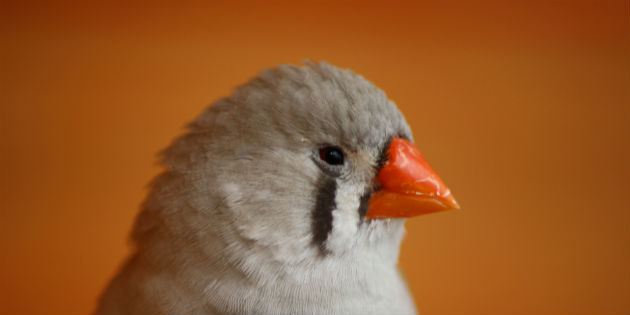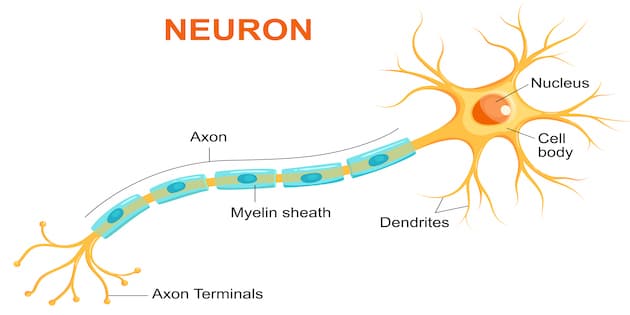Silent gaps between birdsong syllables are the key to species-specific learning
Language Learning
A study in finches carried out in Japan has identified a key mechanism involved in species identification based on the silent gaps between birdsong syllables.

As part of the research performed at the Okinawa Institute of Science and Technology (OIST) Graduate University, the group performed a cross-fostering experiment in which juvenile zebra finches were raised by Bengalese finch foster parents. The aim was to examine how their birdsong develops under the tutoring of a different species.
The findings showed that the fostered zebra finches learned morphologies of Bengalese finch syllables, including syllable duration, but transposed them onto zebra finch silent gap patterns. It would therefore appear that the silent gaps are innate, while morphology learning is social. “The fostered zebra finches sang the Bengalese finch song with a zebra finch accent,” says Professor Yoko Yazaki-Sugiyama, senior author on the paper.
To determine the neural basis of this innate detection mechanism, the team of researchers recorded the activity of neurons in the auditory cortex of adult zebra finch brains during exposure to birdsong, explains ScienceDaily. The scientists discovered a first set of neurons that registered temporal gaps in zebra finch songs, and a second, separate set of neurons that are responsive to syllable morphology .
Source: ScienceDaily; Araki M, et al. Mind the gap: Neural coding of species identity in birdsong prosody. Science. 2016 Dec 9;354(6317):1282-1287.



